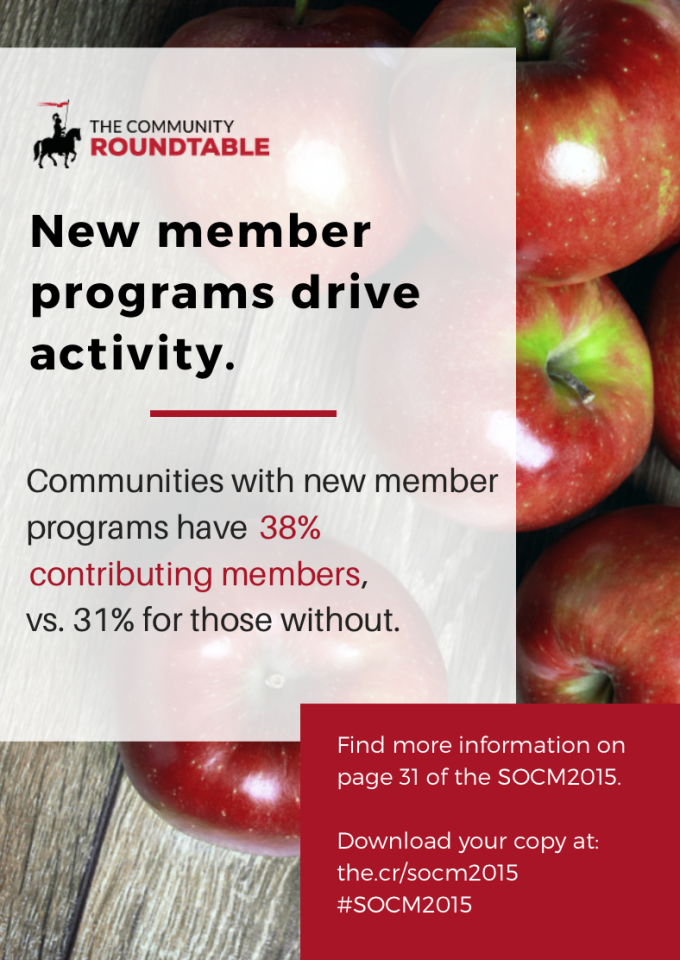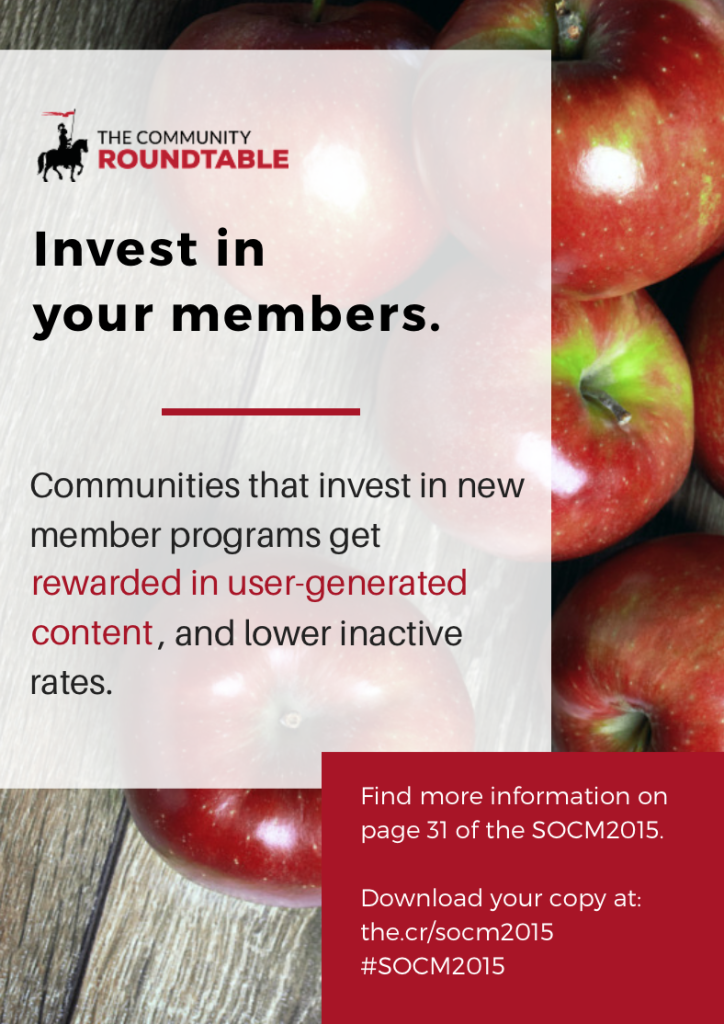Lessons from The NEW Community Manager Handbook is a limited-run podcast series, featuring the 21 community leaders showcased in the Handbook in conversation with Anne Mbugua.
Episode 12 features Catherine Hackney, Principal, Confident Communities Consulting on member onboarding.
Catherine and host, Anne Mbugua discuss the importance of member onboarding in online communities (hint: it’s really important!). They also share ideas on how to use automation to scale your impact, quick wins when starting an onboarding program, and the importance of involving members in their onboarding journey.
Catherine Hackney on Member Onboarding
Podcast (handbook-podcast): Play in new window | Download
About Catherine:
Catherine Hackney is an online community management consultant with over nine years of community experience. She has demonstrated expertise in increasing member engagement. She is a proven expert on the Tradewing and Higher Logic platforms. Catherine was a recipient of the Higher Logic MVP award in 2016-2022.
About Confident Communities Consulting
Confident Communities Consulting consultants ensure your success in supporting and retaining customers through compelling online communities that house up-to-the-minute resources, thought leadership, continuing education, mentorships, and networking. We have worked with organizations in several different industries with their own unique online communities, including non-profits, B2C, and B2B. Our consultants consistently demonstrate value to community members across the globe through the connections and knowledge sharing that are found in successful communities. Communities, like gardens, require continuous care through seeding and weeding to grow into something prosperous. We care for communities by implementing creative solutions to obstacles such as technical issues, functionality limitations, inappropriate usage, user and staff inquiries, etc. Increase the confidence your members and customers have in your organization with the help of our experienced online community management professionals.
About The NEW Community Manager Handbook
The NEW Community Manager Handbook features 21 profiles of community leaders sharing advice and ideas on everything from accessibility, hiring, strategy, gamification, defining the digital workplace, technology, and more. Each profile is paired with research from the State of Community Management reports and includes tactical advice for implementing what you’ve learned.
Learn from community management experts at Easterseals, Glencore, Microsoft, UKG, the World Bank Group, Analog Devices, Inc., AAMC, Zapier, Doctors Without Borders, and more.

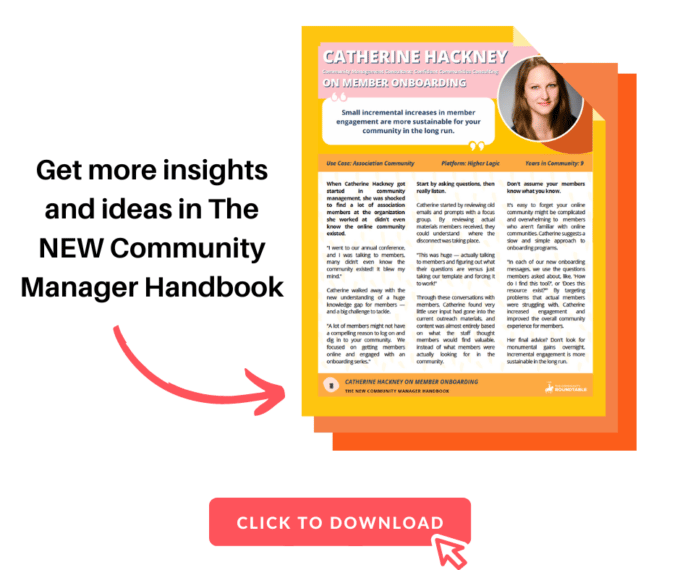
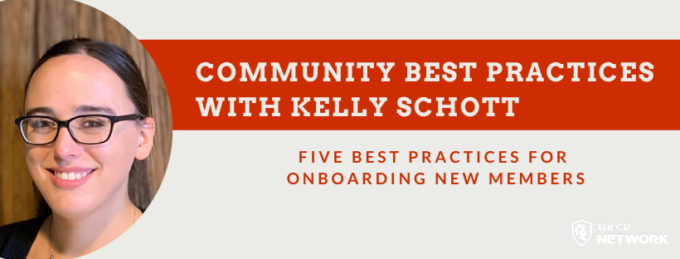
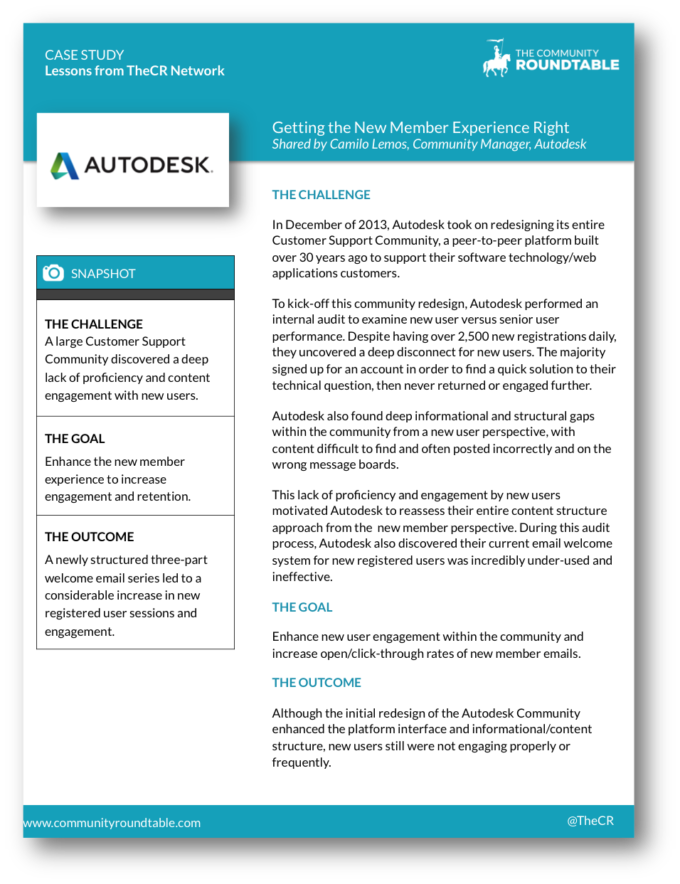

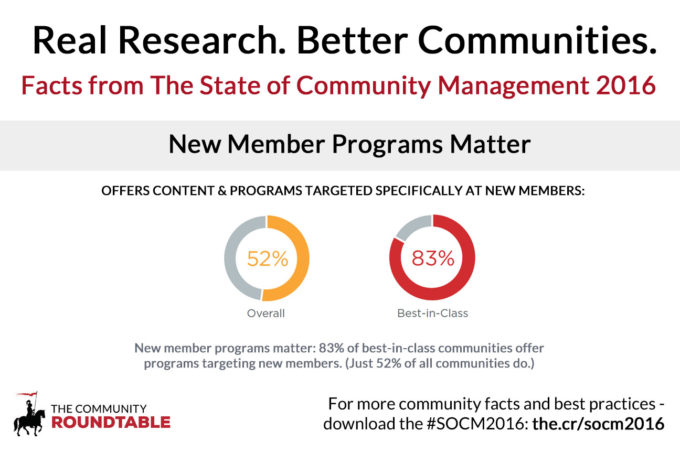
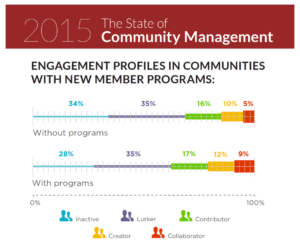 In the SOCM, we note that not only do communities that have new member programs get higher engagement levels than those without, we note that there are a few new member approaches that get the highest engagement levels – personal emails, video tours and welcome calls. (
In the SOCM, we note that not only do communities that have new member programs get higher engagement levels than those without, we note that there are a few new member approaches that get the highest engagement levels – personal emails, video tours and welcome calls. (